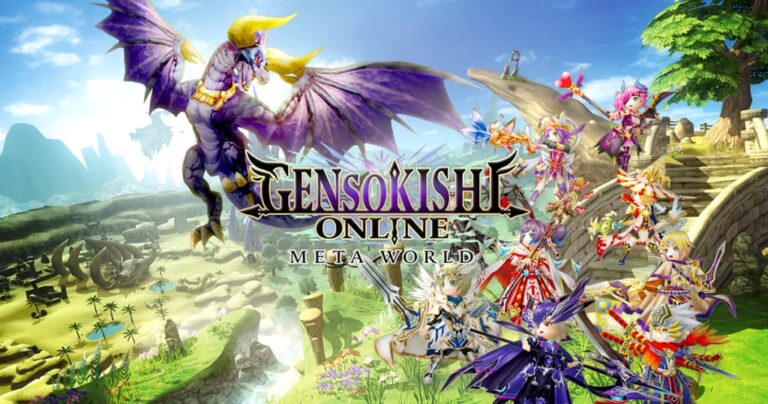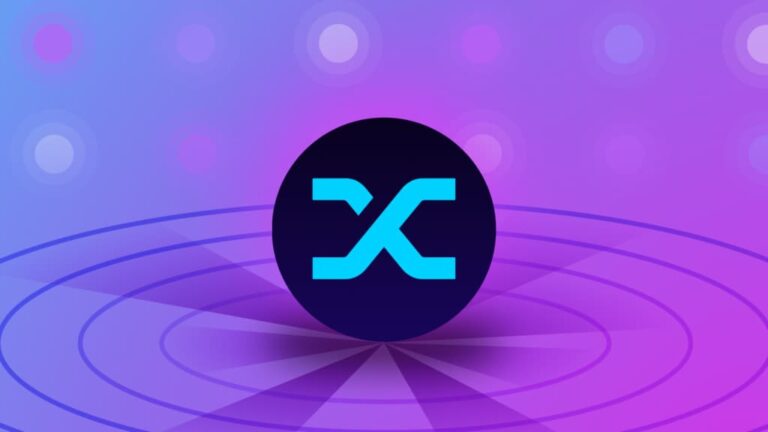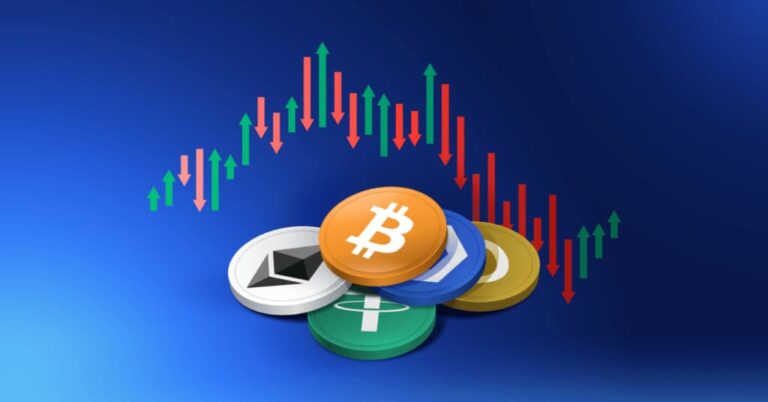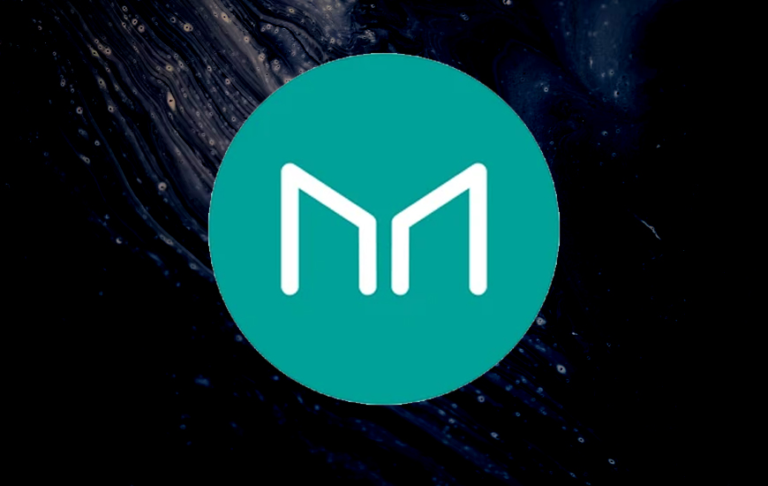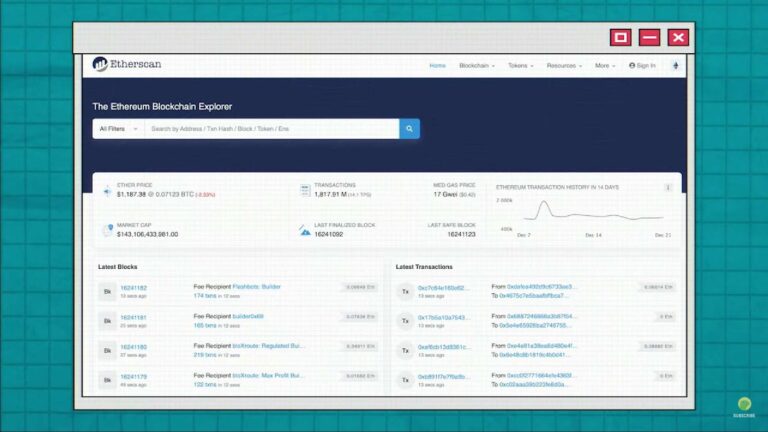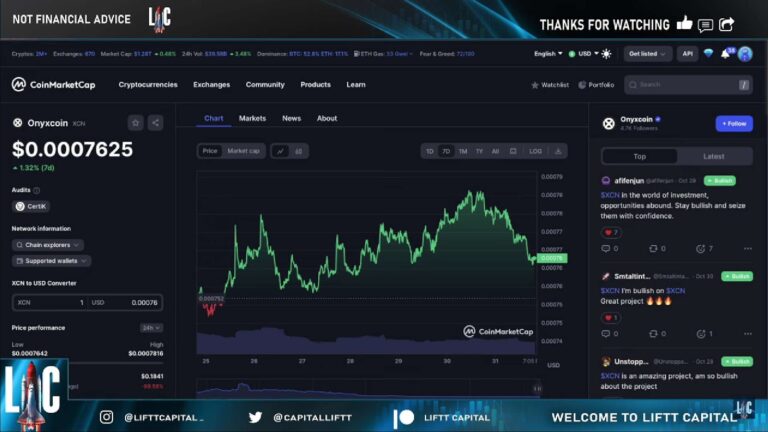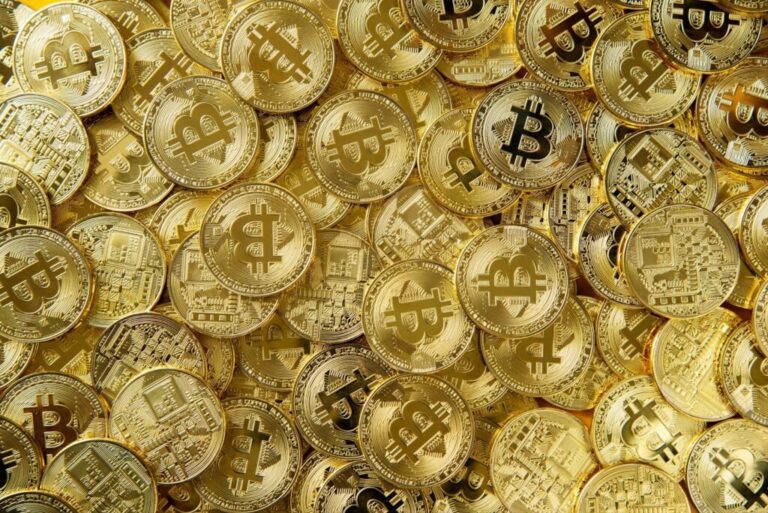In the world of cryptocurrencies, few names have captured the collective imagination quite like Shiba Inu and Dogecoin. These two digital assets, born from the same meme-inspired spirit, have gained a cult-like following and have become the talk of the town in the ever-evolving crypto space. While they may share a common origin in internet memes, Shiba Inu and Dogecoin have distinct features, communities, and purposes that set them apart in the world of decentralized finance.
In this article, we will delve deep into the fascinating world of Shiba Inu and Dogecoin, exploring their origins, characteristics, and what makes each of them unique. We will also examine their price dynamics, use cases, and the broader impact they have had on the cryptocurrency market. Whether you’re a seasoned crypto investor or a curious newcomer, join us as we embark on a journey to understand the differences, similarities, and the intriguing rivalry between Shiba Inu and Dogecoin in the realm of digital currencies.
Unveiling the Dogecoin (DOGE) Journey
With an amusing origin story rooted in a popular Shiba Inu meme, Dogecoin humbly made its debut in the world of cryptocurrency in 2013. Intended as a comical take on the crypto hype, Dogecoin was masterminded by innovators Billy Marcus and Jackson Palmer. Their primary mission: to inject a bit of humor into a field that was quite enigmatic to most investors at that time. Despite its lighthearted origins, Dogecoin managed to amass an surging and dedicated following.
Yet, it was only in 2021 that Dogecoin orchestrated a grand entrance into the crypto limelight. This was largely due to the support it received on social media platforms and the endorsement of Tesla CEO, Elon Musk. Musk’s vocal advocacy of Dogecoin on Twitter, wherein he claimed it as his favorite cryptocurrency and christened himself as the ‘Dogefather’, set off a wildfire of interest and speculation. This, in turn, triggered an astronomical rise in Dogecoin’s price and hype.
Dogecoin’s utility extends beyond a mere point of exchange. It has carved itself a niche within the digital space as a popular method of tipping content creators across a diverse range of platforms. It also has a solid track record in crowdfunding efforts.
Key points about Dogecoin:
- Established in 2013 based on a Shiba Inu meme;
- Created by Billy Marcus and Jackson Palmer;
- Experienced a significant boost in popularity in 2021, partly due to Elon Musk’s endorsement;
- Widely used for tipping content creators and crowdfunding;
- Known for being an accessible asset in the crypto market.
Dogecoin’s journey testifies to its reputation as an accessible asset within the crypto arena, proving that it’s more than just a product of jest. Its explosion in popularity underscores its potential in the ever-evolving world of crypto investing.
Navigating the Shiba Inu (SHIB) Landscape
Emerging in 2020, Shiba Inu made ripples by projecting itself as a potent Ethereum-based contender to the original meme-inspired cryptocurrency. This digital currency framework offers multiple applications, including a decentralized exchange mechanism, a supportive platform for artistic endeavors, and a host for other tokens, with one notably dubbed as the ‘Doge Killer’ – a cheeky homage to its rivalry with Dogecoin.
Cloaked in a veil of anonymity comparable to the enigma surrounding Bitcoin, Shiba Inu owes its birth to a mysterious figure known as Ryoshi. In a move that grabbed headlines, Ryoshi chose to donate a staggering 50% of the total SHIB supply to Ethereum co-founder, Vitalik Buterin. Whether this donation was a well-calculated publicity move or a genuine act of philanthropy, it certainly put Shiba Inu on the radar of many crypto-enthusiasts.
With an abundance of SHIB coins at his disposal, Buterin decided to pay it forward. He generously donated 10% of his SHIB collection to a relief fund to aid India’s battle against Covid-19, exemplifying the power of crypto in fostering global solidarity. The remaining SHIB coins were subsequently ‘burned’, i.e., permanently removed from the market supply, a move that often aims to increase the scarcity of coins and potentially boost their value.
Shiba Inu’s price trajectory in 2021 added another thrilling chapter to its story. Following rumors about its potential listing on popular exchange platform Robinhood, SHIB’s price rocketed, temporarily eclipsing Dogecoin in terms of value. Although the initial frenzied buying spree relaxed and the price adjusted accordingly, this event underscored Shiba Inu’s evolving standing within the cryptocurrency market.
In-depth exploration into Shiba Inu (SHIB):
- Launched in 2020 as an Ethereum-based alternative to the original meme crypto, Dogecoin;
- Offers diverse utilities like a decentralized exchange, an art incubator, and a platform for other tokens;
- Created anonymously by an entity named Ryoshi;
- Attracted attention for gifting 50% of total SHIB supply to Ethereum’s co-founder, Vitalik Buterin;
- Experienced a price surge following rumors of a potential listing on Robinhood.
Shiba Inu (SHIB) and Dogecoin (DOGE): Is there a connection?
While both Shiba Inu and Dogecoin originate from internet memes, it’s crucial to emphasize that these two entities do not have a direct link. Each of these platforms operates independently, boasting its distinct foundations and compelling narratives. Shiba Inu, for instance, is firmly rooted in the Ethereum landscape, while Dogecoin springs from Litecoin’s network. Despite their meme-based origins, they are essentially vying for market share and user adoption, each offering unique case uses that set them apart from other crypto platforms.
A Look at the Parallels: Dogecoin and Shiba Inu
Aside from their shared heritage as meme-inspired cryptocurrencies, Dogecoin and Shiba Inu exhibit some intriguing commonalities. A couple of these prominent resemblances are seldom seen in the wider crypto arena, making this head-to-head comparison all the more interesting.
Consensus Mechanism
Both Dogecoin and Shiba Inu currently utilize a Proof-of-Work (PoW) consensus model. This model requires miners to resolve complex computational puzzles swiftly to validate transactions. While Dogecoin was created through a hard fork of the Litecoin network, Shiba Inu was constructed atop the Ethereum blockchain.
However, this shared PoW mechanism is set to change soon, primarily for Shiba Inu. This is due to the impending transition of Ethereum to a Proof-of-Stake (PoS) consensus model. PoS is deemed as more eco-friendly and efficient compared to PoW, posing intriguing implications on the future direction of Shiba Inu in terms of energy consumption and transaction speed.
Highlighted similarities between Dogecoin (DOGE) and Shiba Inu (SHIB):
- Both were inspired by popular internet memes;
- They currently adopt the Proof-of-Work consensus model;
- Both have positioned themselves as competitors in the crypto marketplace.
Dynamic Social Media Communities and Endorsements
A key driving force behind the success of both Shiba Inu and Dogecoin lies in the vibrant and committed online communities they have garnered. These active communities serve as robust platforms for discussion, exchange of ideas, meme creation, and promotion of their preferred tokens. Their unyielding loyalty has played a pivotal role in driving widespread recognition for their preferred memes-turned-crypto, thus contributing to their market performance.
Both tokens serve as relatively low-cost gateways into the nuanced world of cryptocurrencies. Investors looking to diversify their portfolios without dedicating large sums can consider adding Dogecoin or Shiba Inu to their crypto holdings. Their affordability and the fun, engaging narrative around their progression are key factors that have helped make these tokens more mainstream and approachable.
Entities of Influence
What intensifies the dramatic journey of these meme tokens are influential figures in the tech world, namely Elon Musk. Musk’s preference for Dogecoin is well-documented. His tweets and remarks have often sparked significant spikes in Dogecoin’s value and trading volume.
Shiba Inu, too, experienced a ‘Musk Effect’. A tweet featuring a photograph of his new Shiba Inu puppy sent the SHIB token value skyrocketing, contributing to its record peak value. Even though this was not a direct endorsement of the token, the Musk connection did impact its market action significantly.
Strengthening Bonds with Social Media Communities:
- Both coins boast vibrant, engaging online communities;
- They offer affordable entry points for diversifying a crypto portfolio;
- Their fun narratives have popularized them, bringing crypto to the mainstream.
The ‘Musk Effect’:
- Tesla CEO Elon Musk’s interest in Dogecoin is known to trigger price surges;
- An indirect association with Musk through a Shiba Inu puppy tweet sent SHIB prices sky-high.
Distinguishing Features: Dogecoin vs Shiba Inu
In the fast-evolving world of cryptocurrencies, two meme-inspired digital assets, Dogecoin and Shiba Inu, have captured the imagination of investors and enthusiasts alike. While they share a playful origin in internet culture, these crypto tokens possess unique characteristics that differentiate them in the bustling crypto landscape. In this comprehensive comparison, we’ll delve into the key distinctions between Dogecoin and Shiba Inu, shedding light on their token architecture, approaches to token supply, and more.
Token Architecture:
Dogecoin’s Singular Blockchain vs Shiba Inu’s Ethereum Integration
Dogecoin stands tall as an independent player in the crypto game, operating on its very own blockchain. This autonomous infrastructure grants Dogecoin a level of autonomy and self-reliance, setting it apart from the majority of cryptocurrencies tethered to established platforms.
In contrast, Shiba Inu has chosen to nestle within the Ethereum ecosystem, adopting the popular ERC-20 token standard. This strategic decision has far-reaching implications:
- Interoperability: Being an ERC-20 token, Shiba Inu seamlessly interfaces with a multitude of Ethereum-based applications, broadening its use cases. This includes compatibility with decentralized exchanges (DEXs), lending platforms, and decentralized finance (DeFi) projects;
- Smart Contracts: Shiba Inu’s compatibility with Ethereum extends to smart contracts, allowing developers to leverage its functionalities to create decentralized applications (DApps) and execute complex, trustless agreements;
- Digital Wallets: Storing Shiba Inu tokens is a breeze with Ethereum-compatible wallets. Users can choose from a wide array of wallet options that support ERC-20 tokens, ensuring secure storage and easy access.
Approaches to Token Supply:
Dogecoin’s Inflationary Model vs Shiba Inu’s Token Burning Strategy
Both Dogecoin and Shiba Inu deviate from conventional token supply strategies, contributing to their distinct market dynamics.
Dogecoin:
Dogecoin’s approach to token supply is marked by its inflationary model. Unlike many cryptocurrencies with capped supplies, Dogecoin has no hard limit on the number of DOGE tokens that can be minted. Instead, it steadily produces approximately 5 billion new DOGE tokens each year. While this might appear inflationary on the surface, the unique design implies a gradual reduction in the inflation rate over time. This gradual tapering can be seen as a form of deflation, potentially impacting the token’s long-term value.
Shiba Inu:
Shiba Inu takes an entirely different route by implementing a token burning mechanism. Initially launching with a colossal fixed supply of 1 quadrillion SHIB tokens, roughly 549 trillion SHIB tokens are now in circulation. What sets Shiba Inu apart is the continuous process of token burning, where a small portion of SHIB tokens is permanently removed from circulation with each transaction.
Here’s how this mechanism works:
Scarcity Creation: The primary goal of token burning is to create scarcity within the Shiba Inu ecosystem. As more users engage in transactions, a fraction of their tokens is effectively “burned” or rendered unusable. This process drives down the total supply, potentially increasing the token’s rarity and market value over time.
Functionalities and Applications: Dogecoin vs Shiba Inu
While both memes-turned-crypto have evolved into potent tools in the crypto world, their functionalities and applications differ.
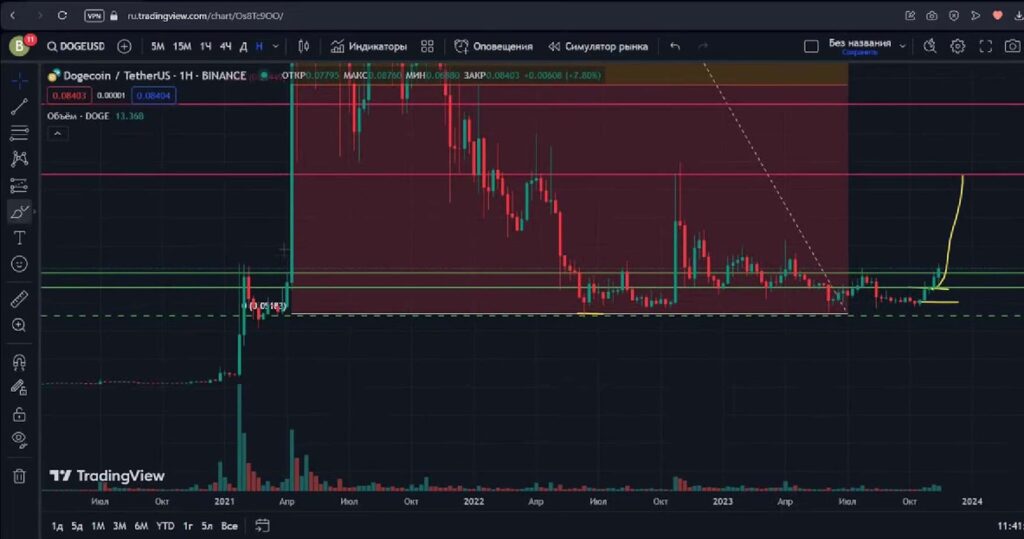
Dogecoin: A Peer-to-Peer Digital Currency
Dogecoin embodies the essence of a digital currency, serving as a medium of exchange in the virtual landscape. Its underlying technology operates on a peer-to-peer framework, facilitating swift, efficient, and cost-effective transactions across its network. Dogecoin’s utility mainly revolves around online transactions, be it for purchases, tipping content creators, or donations for charitable causes.
Dogecoin’s broad use cases:
- Serves as a digital currency for online purchases;
- A popular tool for tipping creators on social media platforms;
- Commonly used for crowdfunding initiatives and charitable endeavors.
Shiba Inu: A Multi-faceted Crypto Ecosystem
Unlike Dogecoin’s singular focus on being a digital coin, Shiba Inu presents a multi-dimensional face to its users. An inherent advantage of its Ethereum-based roots, Shiba Inu can be used in a myriad of applications, from smart contracts and DeFi (Decentralized Finance) products to liquidity pools and staking services.
Shiba Inu’s ecosystem isn’t limited to the flagship SHIB token. It hosts two additional tokens – LEASH and BONE, each bearing specific functionalities and benefits. Further adding to its dynamic, it provides a decentralized exchange platform, ShibaSwap. Here, users can swap tokens, take part in yield farming, and gain returns via staking.
Shiba Inu’s comprehensive offerings:
- Functions within smart contracts and DeFi products;
- Hosts its own decentralized exchange, ShibaSwap;
- Provides access to liquidity pools and staking services;
- Houses two additional tokens – LEASH and BONE.
Conclusion
As previously noted, both of these cryptocurrencies boast substantial and dedicated communities supporting their respective causes, each serving distinct purposes. Amid the inquiries about the future trajectory of Shiba Inu and the potential upper limits of Dogecoin, it remains an indisputable fact that precise predictions elude even the most seasoned experts. Ultimately, the decision of which cryptocurrency aligns best with one’s trading objectives lies in the hands of individual investors, enabling them to participate in the market according to their preferences.


